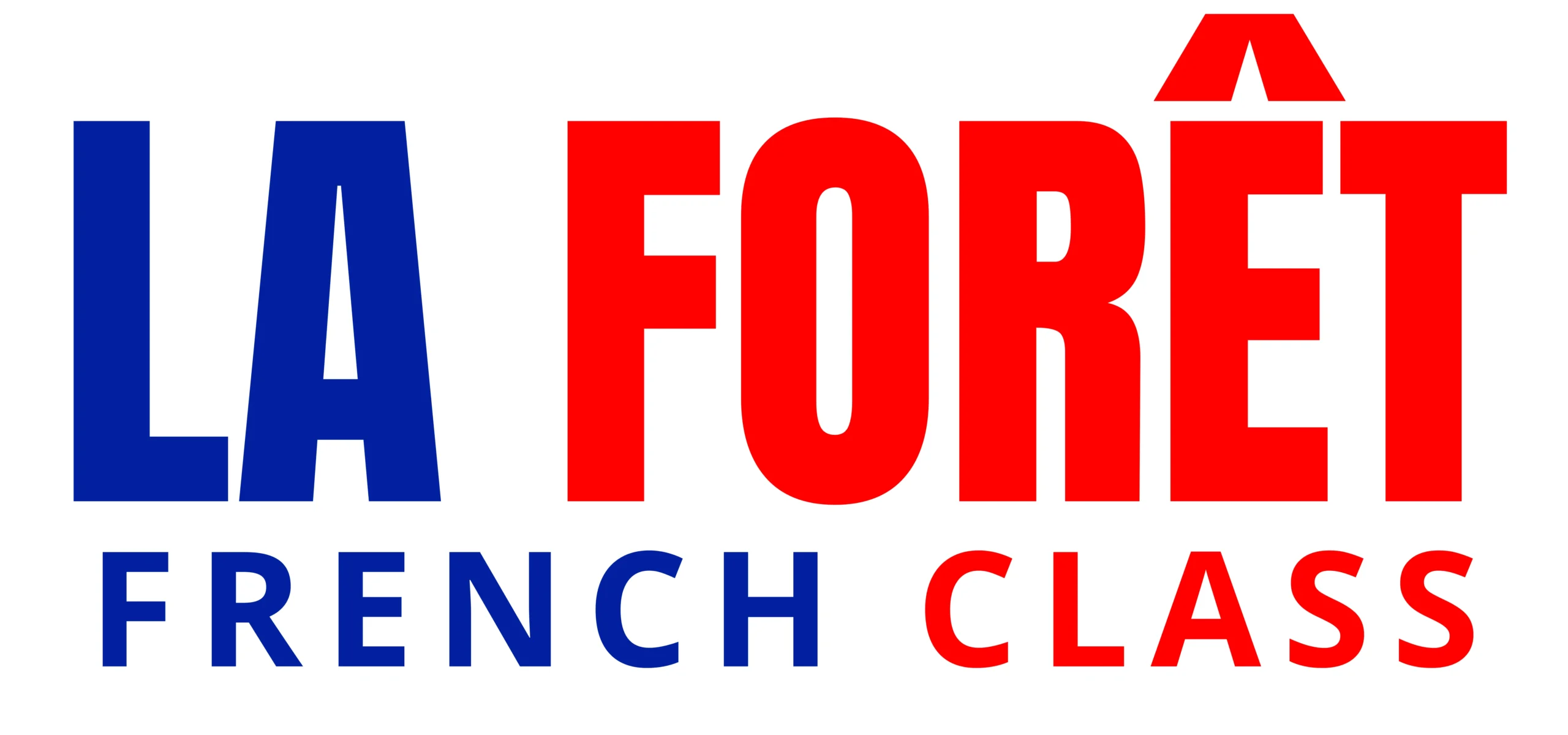If you’re considering taking the TEF Canada exam to measure your French language proficiency, you’ve probably come across the two different formats: the old TEF Canada format and the new TEF Canada format.
While both formats aim to assess your ability to understand and use French in various contexts, there are some key differences between them.
What are the new changes in the TEF Canada exam format?
There are changes only in two parts: reading (compréhension écrite) and listening (compréhension orale).
There is no change in speaking (expression écrite) or writing (expression orale). The time remains the same as well.
| Section | TEF Canada New Format | TEF Canada Old Format |
| Reading (Compréhension écrite) | 40 questions, 60 minutes Theme: More aligned with everyday life situations | 50 questions, 60 minutes Themes: Broad range of topics |
| Listening (Compréhension orale) | 40 questions, 40 minutes Theme: Focused on real-world situations and conversations | 60 questions, 40 minutes Theme: Broad range of topics |
| Writing (Expression écrite) | 2 tasks | 2 tasks |
| Speaking (Expression orale) | 2 tasks | 2 tasks |
Difference between the New TEF Canada Exam format and the Old TEF Canada Format
Changes in the reading format:
What is removed from the reading exam?
The new exam no longer includes sections where you have to rearrange passages or create sentences using synonyms, i.e., Sections C and D.
What has improved?
There has been an addition to the number of fill-in-the-blanks, passages, and reading exercises.
Changes in the listening format:
What is removed from the listening exam?
The new exam no longer includes sections where you have to identify radio dialogues (Section B) and scripted phone tracks (Section D).
What has improved?
There has been a shift in content to authentic French news articles and media content.
So, what are the benefits of the new format?
The new TEF Canada Exam format offers several advantages over the old format:
- More Aligned with Real-World French Usage: The new format better reflects how French is used in everyday conversations and media content, making it a more accurate assessment of a candidate’s French proficiency.
- More Relevant to Practical Applications: The updated questions and tasks are more closely related to the skills needed for work, travel, and everyday life in Francophone countries.
- Fewer Distractions: With fewer questions per section, candidates can focus more on understanding and expressing themselves, reducing exam anxiety.
- Greater Freedom of Expression: The new format allows candidates to showcase their natural French fluency and demonstrate their ability to adapt their language to different situations.
Elevate your preparation with our tailored courses!
Join now for comprehensive guidance and to boost your confidence.





